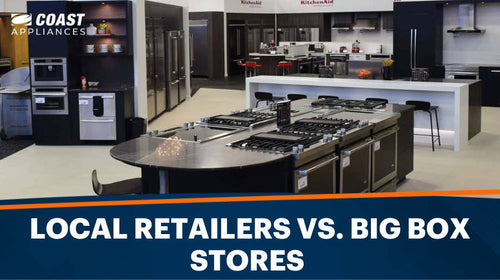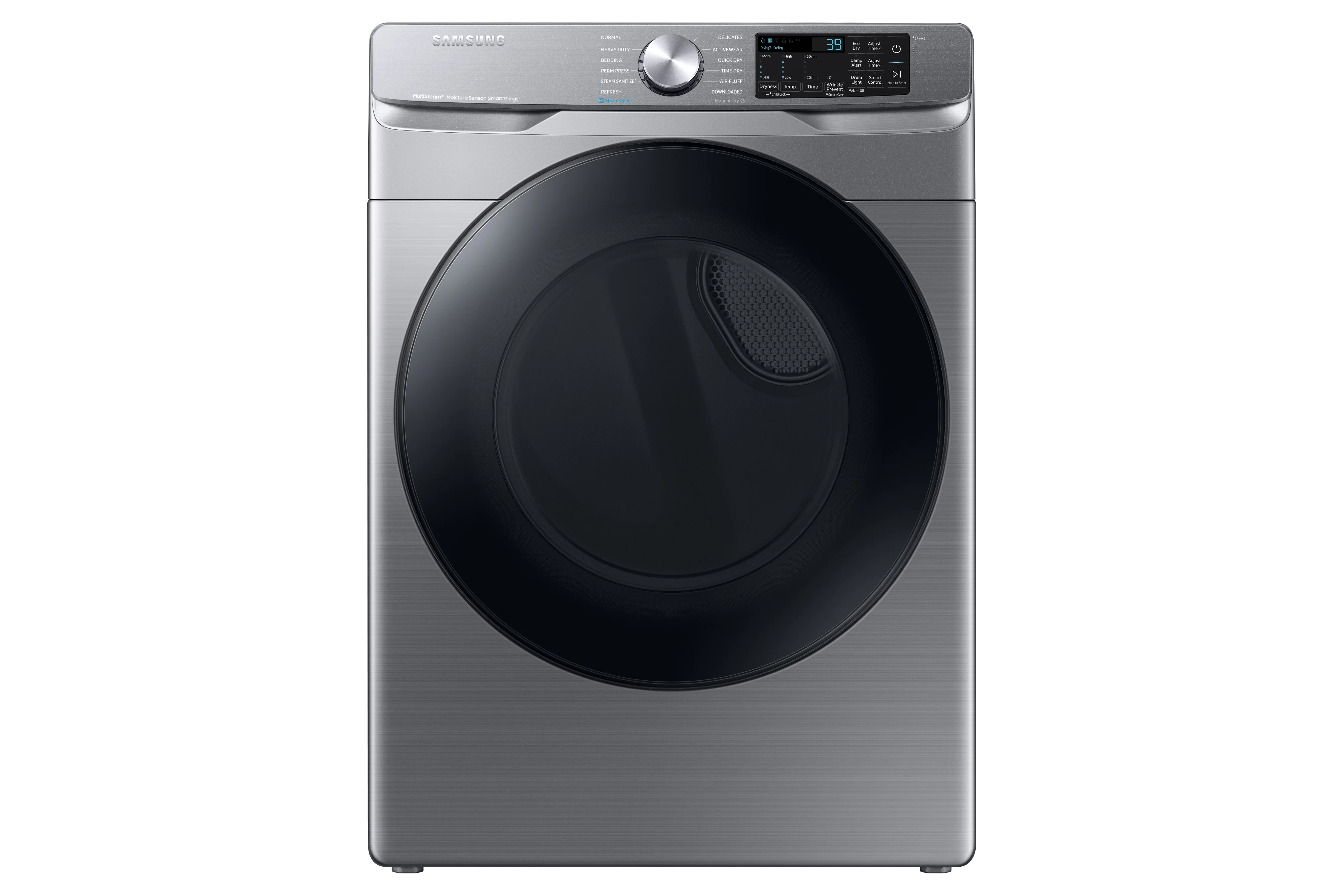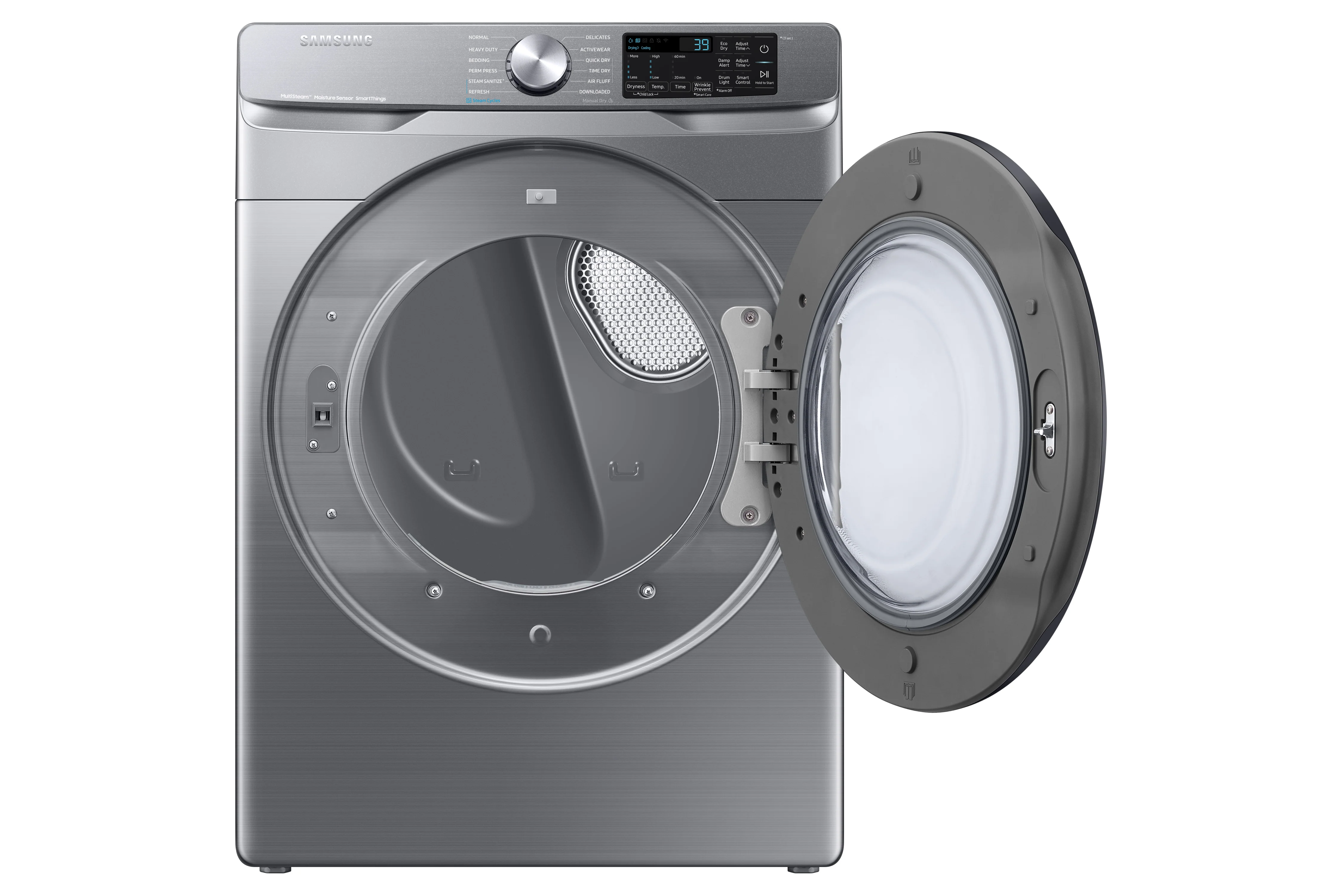Choosing between a propane and natural gas stove is an important decision that can impact both your cooking experience and your home’s energy efficiency. Whether you’re moving to a new house, upgrading your kitchen appliances, or simply looking to elevate your cooking, understanding the differences between these two options is crucial. Propane stoves heat faster and deliver higher heat, while natural gas stoves are less expensive and burn cleaner. Understanding the differences can help you make an informed decision that meets your specific needs and preferences.
Let’s dive into:
Propane vs. Natural Gas: What’s the Difference?
Propane and natural gas are both used as fuel for heating appliances, cooking equipment, and vehicles. Propane, or liquefied petroleum gas (LPG), is stored under pressure inside a tank as a colourless, odorless liquid. It is a three-carbon alkane (C3H8) that vaporizes and turns into gas when pressure is released.
Natural gas is a fossil fuel primarily composed of methane (CH4). It is extracted from the ground through drilling and delivered to homes and businesses through pipelines. (An underground infrastructure where gas flows into individual homes to service their appliances.)
While both propane and natural gas can be used for similar purposes, there are some key differences between the two options. These include:
1. Availability
LPG is available in almost any location, provided there’s a local provider. All you need is a liquid propane tank. You can buy your own or lease from the gas company. Natural gas is only available in places where the gas pipelines have been set, as often seen in larger cities.
2. Energy efficiency
Natural gas is cheaper than LPG per unit price. However, propane delivers more heat per cubic foot of gas using British Thermal Units (BTUs). Propane has more than double the BTUs of natural gas. (1 cubic foot of propane produces 2516 BTU while 1 cubic foot of natural gas produces 1030 BTU.) In short, propane gives you more than twice the amount of heat than natural gas.
Note: Your location and the appliance’s efficiency may increase the cost.
3. Environmental impact
Propane is a green energy source (per the Clean Air Act) because it is not harmful when released into the environment. Methane is considered a greenhouse gas.
Propane vs. Natural Gas Stoves: Comparison Table
Besides the above information, there are several factors you need to consider when choosing between a propane and natural gas stove. To help you make an informed decision, we have created a comparison table that outlines the differences between propane and natural gas stoves, based on these factors.
The table can be used to compare the two options depending on your specific needs and preferences. For example, if you are looking for a stove that delivers high heat faster and offers precision temperature control, propane may be the better option. However, if you are looking for a stove that is less expensive and burns cleaner, natural gas may be the better choice.
| Factor | Propane stove | Natural gas stove |
|
Convenience |
Propane is delivered in tanks that need to be refilled. May not be available in areas without propane delivery services. |
Delivered through pipelines, no need to refill tanks. May not be available in rural areas without gas pipelines. |
|
Initial costs |
You’ll pay more upfront for the installation and ongoing supply of fuel. |
Most places that use natural gas are already outfitted. |
|
Operating costs |
Propane stoves use less fuel to achieve the same level of heat as a natural gas stove. This saves you money on your energy bills in the long run. |
Energy inefficiency = more energy bills. This might make natural gas costlier in the long run. (This will also depend on your appliances. E.g. a high-efficiency natural gas stove may be more energy-efficient than a low-efficiency propane stove). |
|
Portability |
Propane tanks are portable and can be used for outdoor activities like camping, tailgating, and RV adventures. |
Natural gas stoves are not portable. Can’t be used in areas without a natural gas pipeline. |
|
Flame control |
Provides precision temperature control. |
Provides easy temperature control. |
Note: It is important to consider which factors are most important to you. Ultimately, the decision will depend on your specific needs and preferences.
Pros and Cons of a Propane Stove
Propane stoves have several advantages and disadvantages that should be considered before buying one:
Pros:
-
Portability: Propane stoves are typically compact and lightweight. They also don’t require a direct connection to an electrical grid or natural gas supply, making it easy to transport and use them in various locations.
-
Quick and stable cooking: Propane stoves provide instant heat and precise temperature control. They can reach high temperatures quickly, allowing for faster cooking times compared to some other outdoor cooking methods.
-
Versatility: Propane stoves come in various styles and sizes, including single-burner and multi-burner options. They can accommodate different cooking needs.
-
Safe and clean: Propane is non-toxic and burns clean, which means propane stoves typically don’t need as much maintenance and operate at a much higher level of efficiency.
-
Safety features: Modern propane stoves often include features such as automatic shut-off valves and built-in flame controls, reducing the risk of accidents and gas leaks.
Cons:
-
Fuel dependency: Propane stoves rely on propane gas canisters, which must be replaced or refilled regularly. Running out of propane during cooking can be inconvenient, especially in a remote location.
-
Additional costs: Using a propane stove involves ongoing expenses for propane fuel. Depending on your usage, purchasing propane canisters or refilling them may be higher than other cooking methods.
-
Ventilation concerns: Propane stoves produce combustion gases and moisture during operation. Inadequate ventilation can lead to the buildup of carbon monoxide, which can be harmful if inhaled in large quantities.
-
Maintenance and storage: storing propane canisters safely and securely is vital to prevent accidents and leaks.
Pros and Cons of a Natural Gas Stove
Natural gas has several advantages over other sources of energy. They include:
-
Cost-effectiveness: Natural gas is generally less expensive than electricity or propane, so using a natural gas stove can result in lower energy costs for cooking.
-
Continuous power supply: Natural gas stoves don’t rely on electricity, so they can be used even during power outages. This ensures you can continue cooking even when the electrical grid is down.
-
Cleaner burning fuel: Natural gas is considered cleaner than other fossil fuels. It produces fewer emissions and pollutants, which can be beneficial for both indoor air quality and the environment.
Cons
-
Limited availability: Not all homes or locations have access to a natural gas supply. Switching to natural gas can be costly.
-
Potential safety risks: Natural gas is highly combustible, so there is a risk of gas leaks if the stove or gas lines are not properly maintained or if there are malfunctions.
-
Carbon monoxide concerns: Adequate ventilation and proper use of exhaust hoods are necessary to prevent the buildup of carbon monoxide indoors.
-
Dependency on gas supply: Natural gas stoves rely on a continuous supply of natural gas. A disruption in the gas supply means you won’t be able to use the stove until it is restored.
Factors to Consider When Choosing Between Propane and Natural Gas Stoves
Several factors might impact your choice of a stove. Examples include:
-
Availability: Determine if your location has access to a natural gas supply. If not, propane may be a more viable option as it is available in portable canisters.
-
Cost: Compare the price of propane and natural gas in your area. Consider the upfront costs of purchasing or installing the stove and the ongoing expenses for the fuel.
-
Cooking needs: Assess your cooking requirements. Propane stoves are more suitable for portability and outdoor use. For indoor cooking with a continuous fuel supply, natural gas stoves may be preferable.
-
Energy efficiency: Consider the energy efficiency of each stove type. Natural gas stoves tend to be more efficient than propane stoves, which can impact long-term energy costs.
-
Safety: Evaluate the safety features of both stove types. Look for features such as automatic shut-off valves and flame controls. Consider the safety risks associated with each fuel type, including gas leaks and carbon monoxide emissions.
FAQs about Propane vs. Natural Gas Stoves
Is a propane stove better than a natural gas stove?
Both options have their advantages and disadvantages. The choice between propane and natural gas will depend on your needs and preferences, such as efficiency, convenience, and heat output.
What are the disadvantages of a propane stove?
The disadvantages of a propane stove include the need for regular refilling or replacement of propane canisters, which can be inconvenient. Additionally, the cost of purchasing propane canisters or refilling them may be higher compared to other cooking methods, adding to the overall expense.
What happens if you use natural gas on a propane stove?
Using natural gas on a propane stove can be dangerous due to differences in pressure and combustion characteristics. It can result in inadequate gas flow and potential hazards, including incomplete burning and the release of carbon monoxide gas.
How do you tell the difference between propane and natural gas stoves?
Propane stoves typically have a connector for propane gas canisters. Natural gas stoves have a dedicated connection to a natural gas supply line in your home or a conversion kit for propane if it’s a dual-fuel stove.















